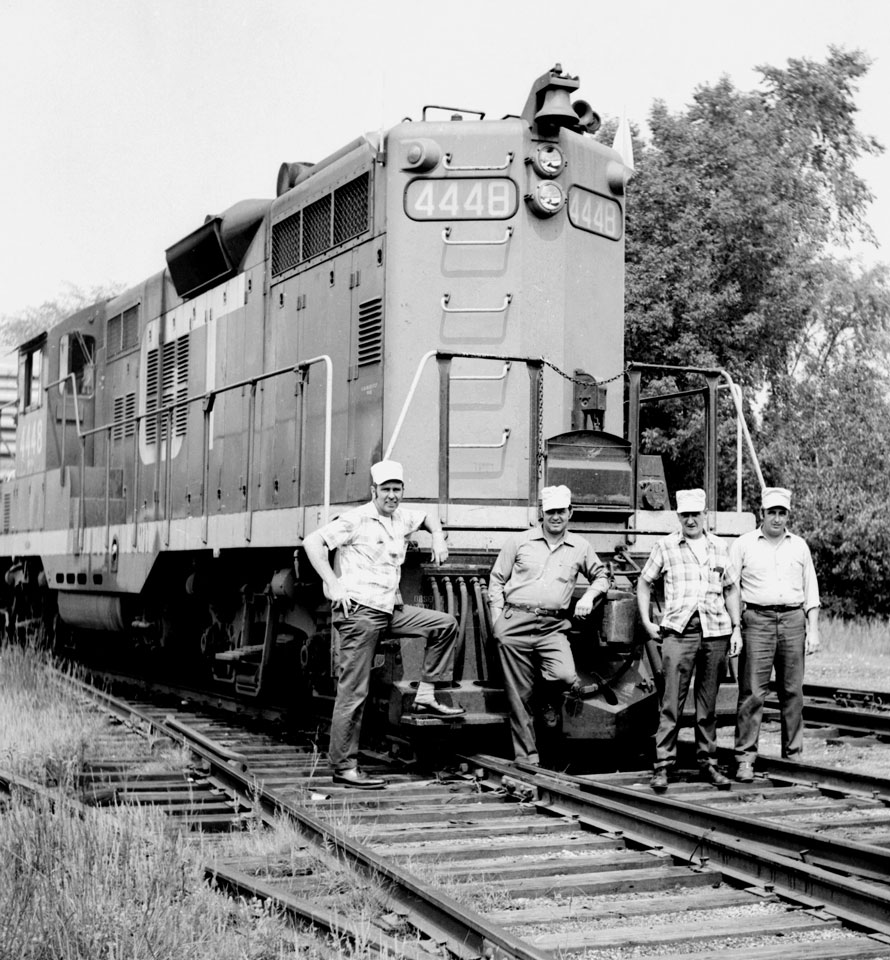
From 1966 until 1972, my parents rented a camp along Lake Pennesseewassee, in Norway, Maine. For my father, it was a break from his responsibilities on the Long Island Rail Road, and a chance to spend hours bass fishing, alone with his thoughts. When I wasn’t fishing or swimming, I’d head to Grand Trunk station in the adjacent community of South Paris. It took a bit of courage, but armed with a file of 8” X 10” glossy prints, I walked into the station and introduced myself to the block operator, a genial Quebecker named Guy Pomerleau. Guy smiled as he thumbed through the prints and told me to wait until the local switcher returned, as there was a conductor I should meet.
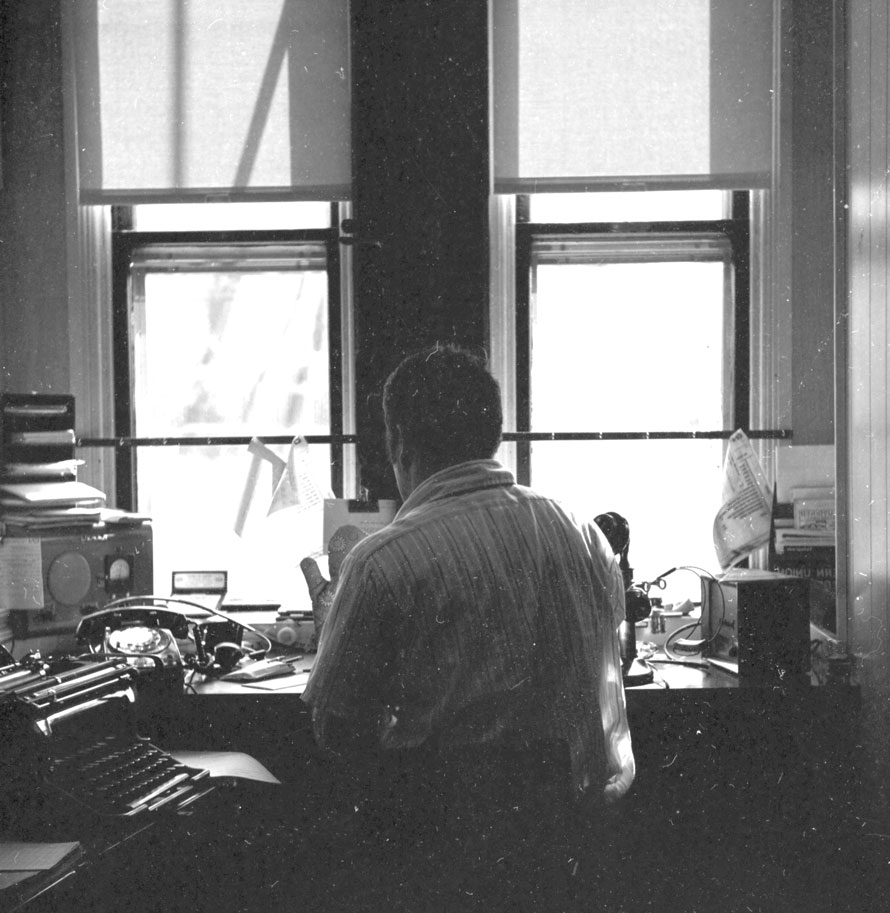
The conductor was as much of a railfan as I was! His name was John Egan, and he devoured the prints like a hockey player at a buffet. John had been with the Grand Trunk since before the close of steam, the loss of which he regretted terribly. Pretty soon I was introduced to the rest of the crew as well; Engineer Alex, Brakemen Marcel (Big Sal) and Gordy, and was invited to ride whenever I liked! It took a lot of persuasion to pull me away from the lake in August, but this was certainly what would do it!
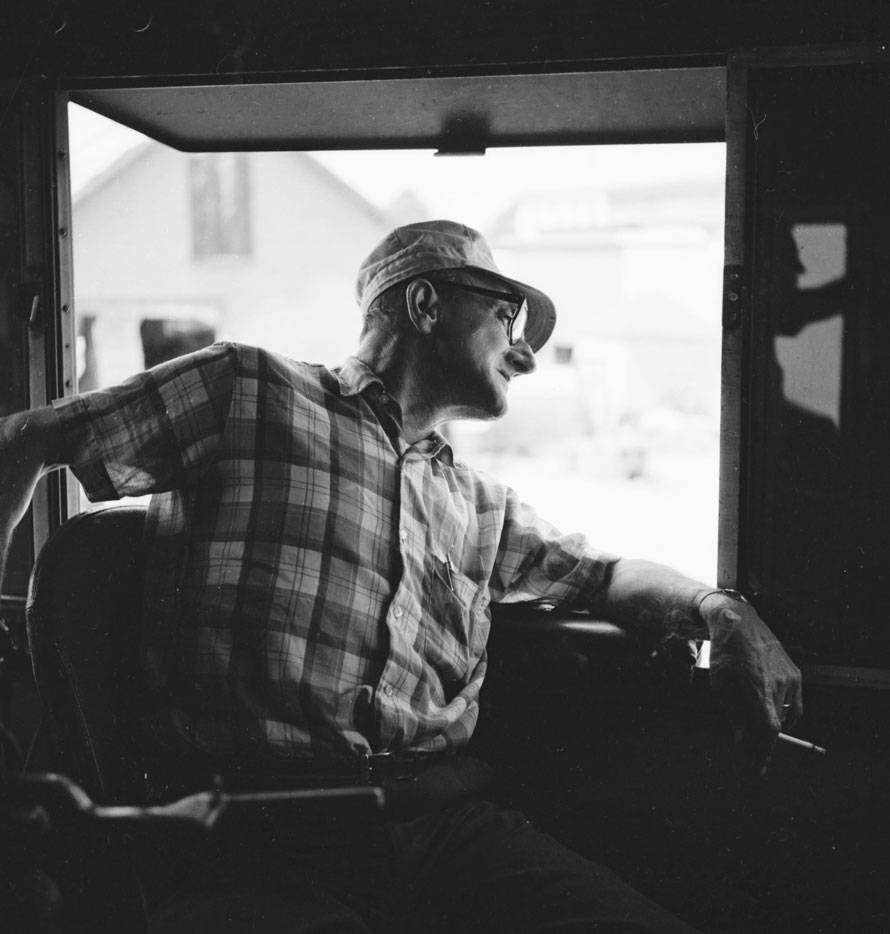
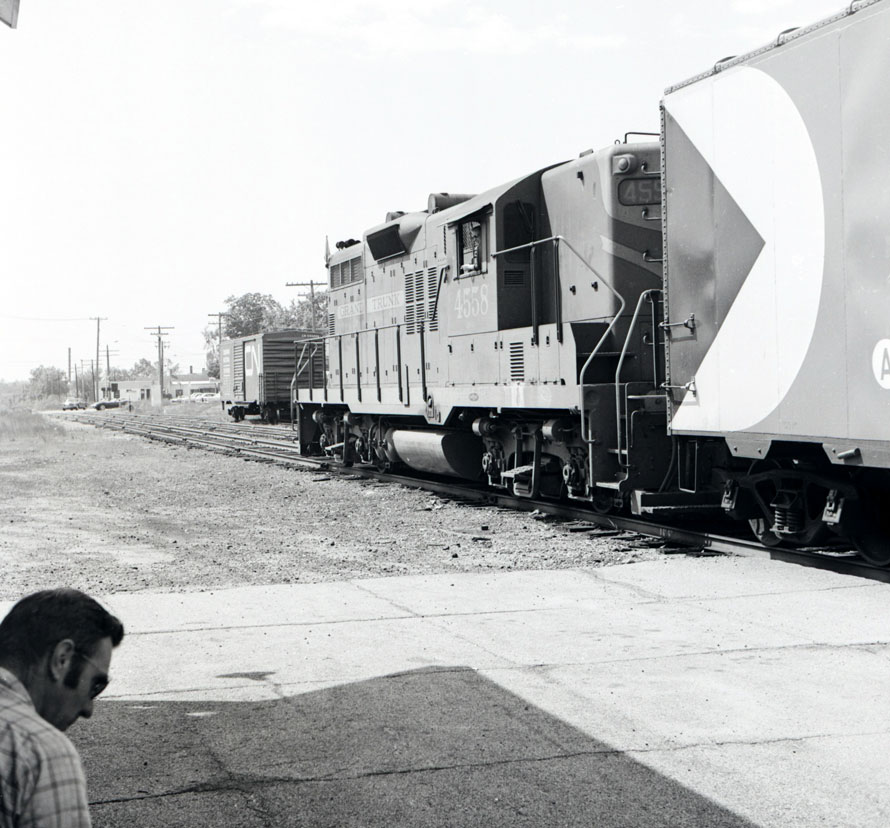
For whatever reason, the South Paris switcher was assigned GT 4558, a GP9 still painted in green and buff with a red maple leaf on the nose. With the exception of Central Vermont 4547 likewise retaining the green, everything else was black and red, with Canadian National’s “noodle” style logo. John said it looked like somebody “peed script in the snow”. I spent considerable rolls of film documenting the two engines.
Armed with a Yashica A reflex, I tried to catch every aspect of this small town center of old time railroading. It was a stark contrast to the endless commuter trains I was used to back in New York. The infrequent but regular movement of the switcher allowed me to set up the best angles I could to catch operations. Railroad photography is as much “art” as it is documentation of a moment in time. With permission, I had freedom to place myself, so long as I stayed clear of the tracks at all times. Guy Pomerleau’s block (the crew good naturedly called him “apple blossom”, translating Pomerleau) was housed in a beautiful red brick station, architecturally pleasing and decked out with a pair of lower quadrant semaphores. Guy would receive radio traffic from Montreal and fire back in French. Lord only knows how it was understood, as the signal was scratchy and broken.
John’s caboose was a 1915 wooden design. John thought of it as a second home on the rails, and eventually purchased it when CN upgraded to a short-lived steel hack. I took advantage of the cupola to catch the Island Pond, Vt. to Portland, CNR 393 as it passed. 393 was usually led by three black CN Geeps, but in August of 1972, I caught it being led by a GTW unit, freshly painted in blue, red, and white. This stuck out like a clown suit at a funeral. Of course, my camera was loaded with black and white film so in the pictures, fifty years later, you wouldn’t be able to tell.
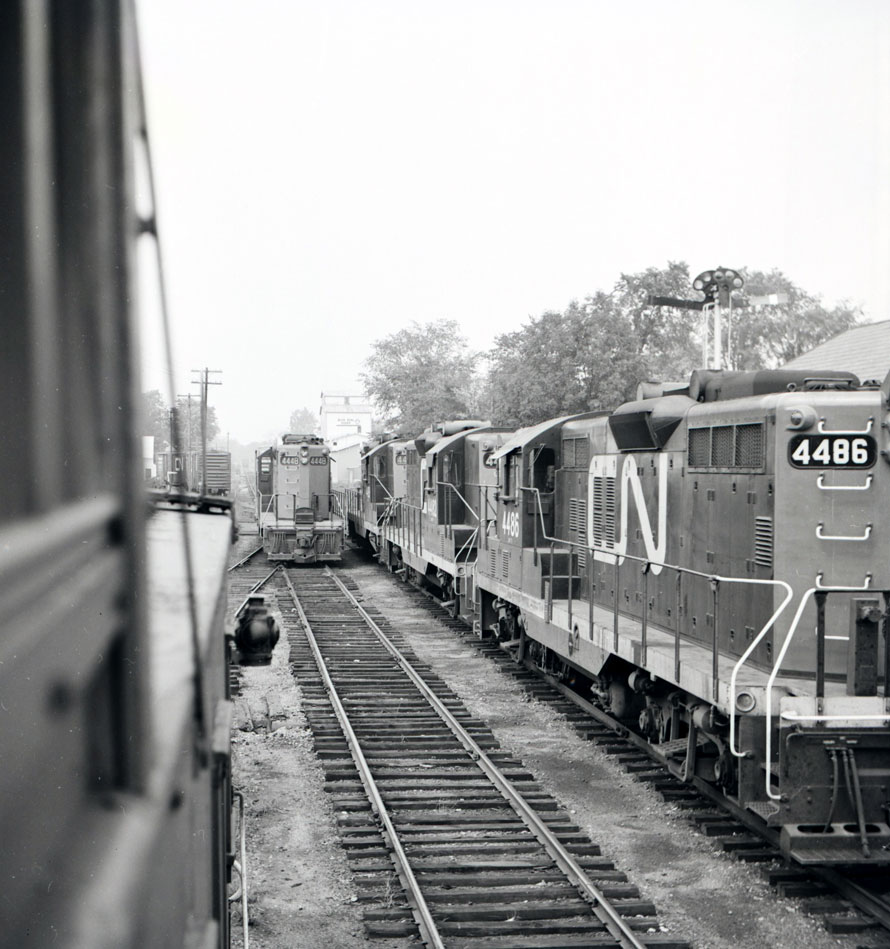
During the winters, I was back in college on Long Island, but kept in touch with John via postal mail, sending him prints of his train and others, along with Nickel Plate Berkshire 759, which I regularly chased. In the summers, I’d get invited up to John’s home in Gorham, New Hampshire, where we’d talk trains, and run the huge H-O layout in his basement. John maintained a photo file of almost every type and paint scheme of freight car that passed along the GT. Blanche Egan would cook the most amazing meals which stand out in memory to this day. I was introduced to a wide cadre’ of other GT employees and spent several mid-week days, fishing the cinder grates and stacks of two CNR Mikados which collided head-on in 1917, off the banks of the Androscoggin River, in Gilead, Maine. One stack sits in the Gorham Historical Museum.
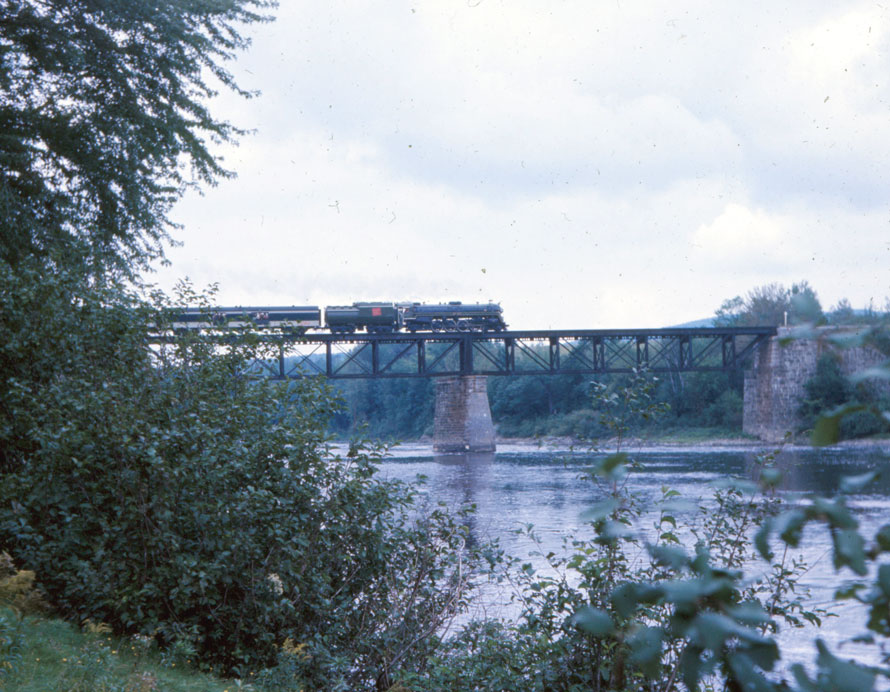
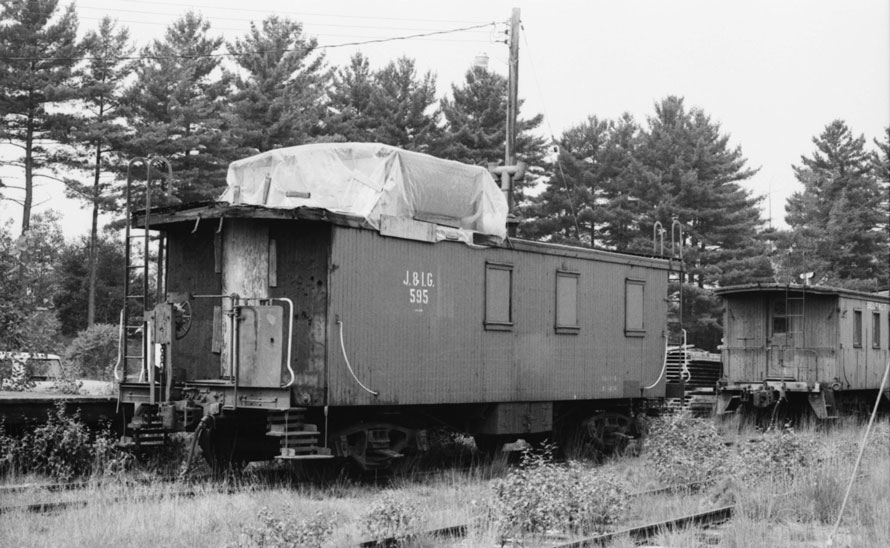
I mentioned that John bought his wooden caboose when it became available. He had it moved to the Conway Scenic Railroad as a vacation residence. When steam loco 6060, the beautiful black, green, and gold CNR “Bullet Nose Betty” ran from Portland to Victoriaville, Quebec, along the GT, a bunch of us chased it. On the ride, I told John I was ready to help him work on his caboose, when he replied it had been burned by vandals in North Conway. Kids set fire to the freight shed where it sat and the caboose exterior was lightly burned, but the interior heavily sooted. The following Sunday I drove to N. Conway, and help John scrub the soot off the interior and replace a roofing beam which had been badly charred. We did an amazing job until we could no longer lift our arms. Later that same week, the vandals came back and finished their destruction. It deeply hurt my friend, who had a true emotional connection to the old hack. John purchased another conductor’s caboose, and his was going to be converted into an open air car for tourists. Before that could happen, some brave young men took on the rebuild and restored John’s original wooden hack as a caboose residence, so the story doesn’t end entirely sad.

On lighter days, I rode the South Paris switcher to Wilner Shoe factory, down to Mechanic Falls and back, and found out why the cupola of a caboose is not the most comfortable place to ride while dumping ballast along an embankment.
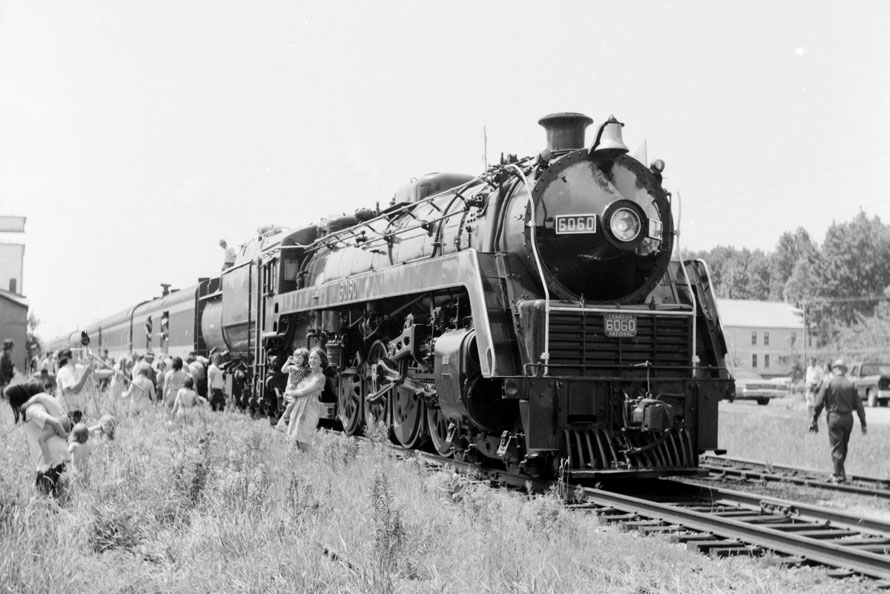
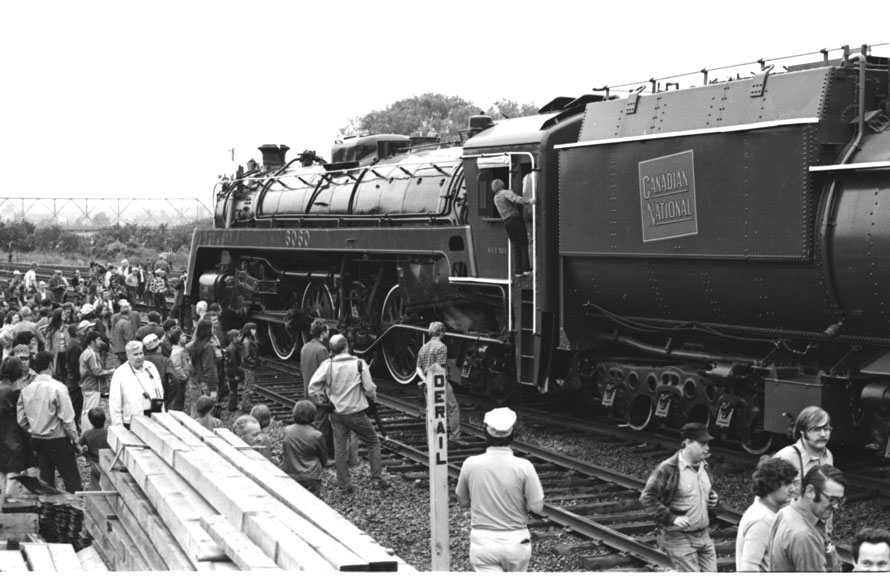
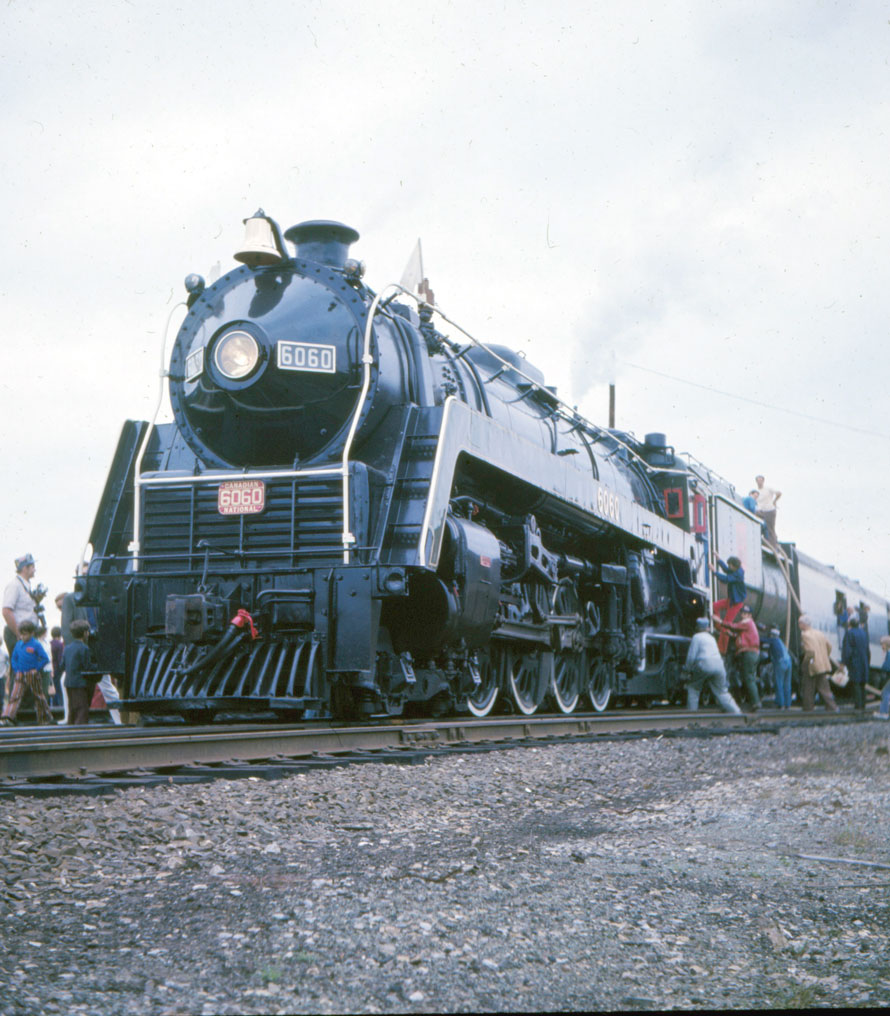
In 1973 I graduated college in New York and moved to Maine, myself. I began working as a hospital technician in Waterville, and no longer had time to hang out in western Maine. I met my future wife and life got on with kids and graduate school. My contact with the guys at South Paris faded and eventually blinked out altogether. When I managed to bump into John at the Conway Scenic Railroad a decade or more later, I first asked for Blanche. “Blanche, died years ago”, was his reply. I suddenly realized the impact of lost time. John had remarried, His vacations were spent in Florida. His model railroad and most of his personal collection had been sold or donated to the Gorham Historical Society. About five years after that, John himself passed and I found out when I was contacted for a few photos for his memorial service.
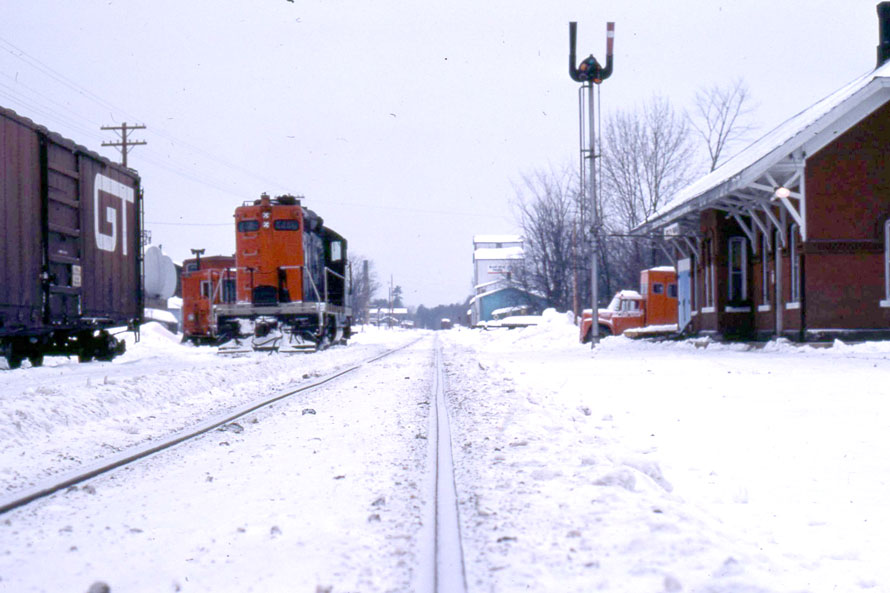
Grand Trunk – South Paris, Maine – 1973

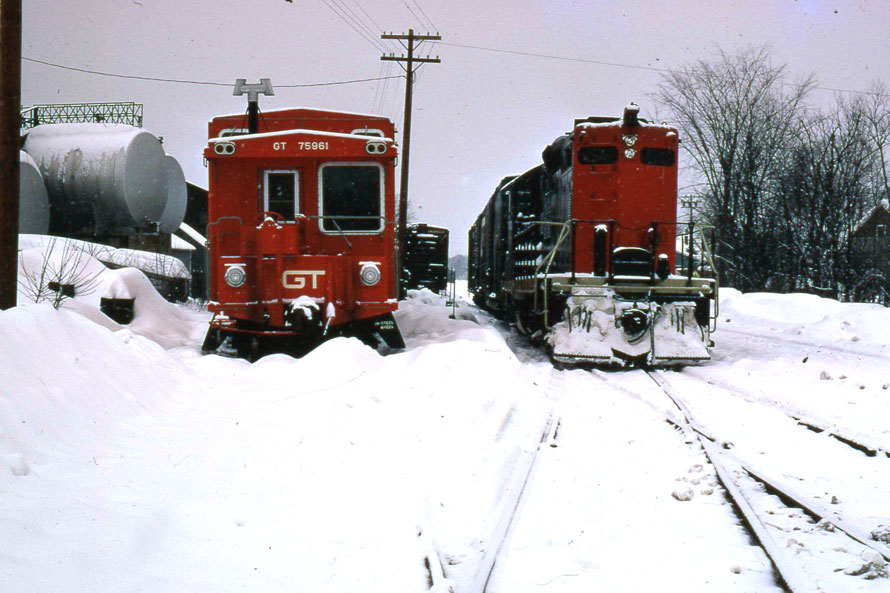
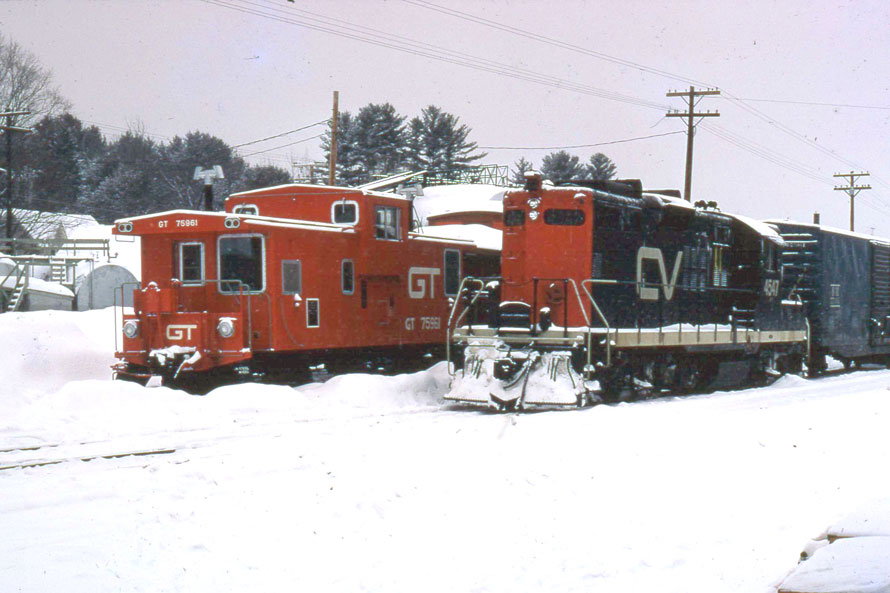
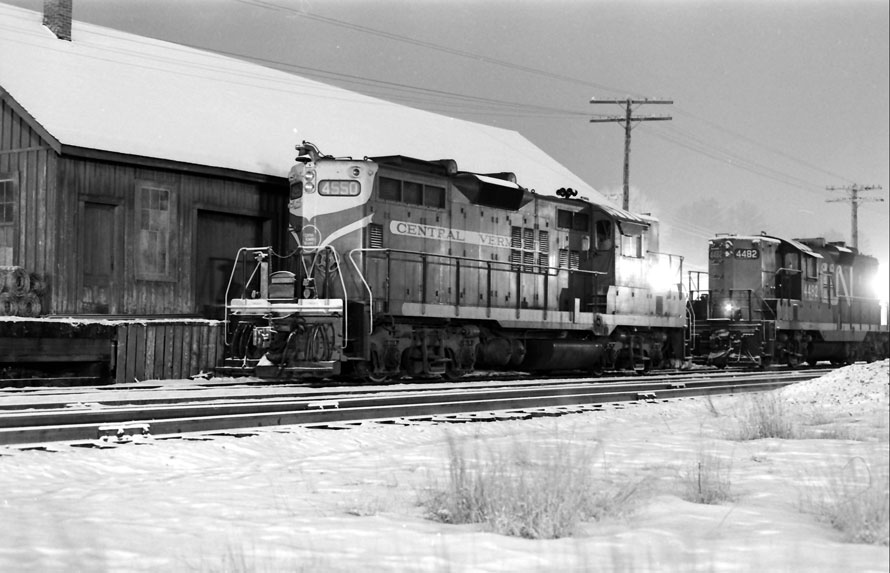
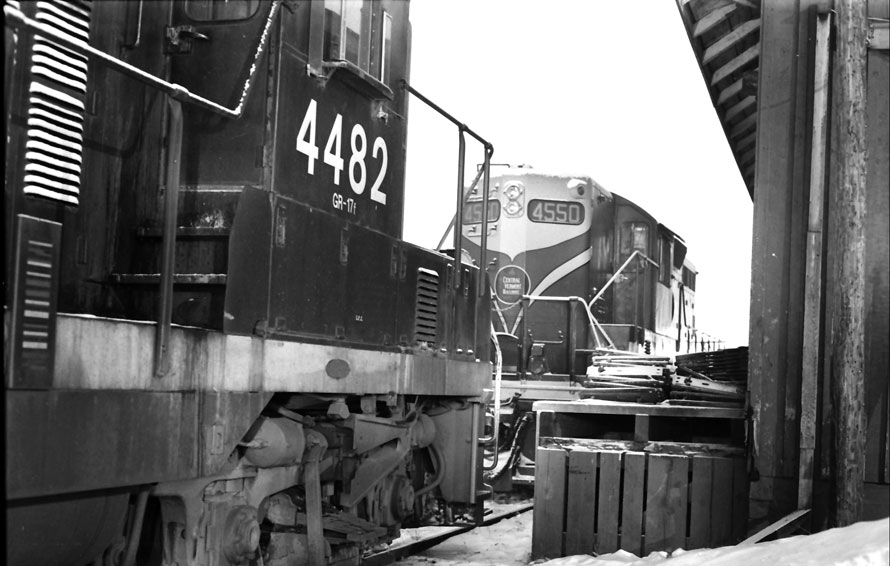
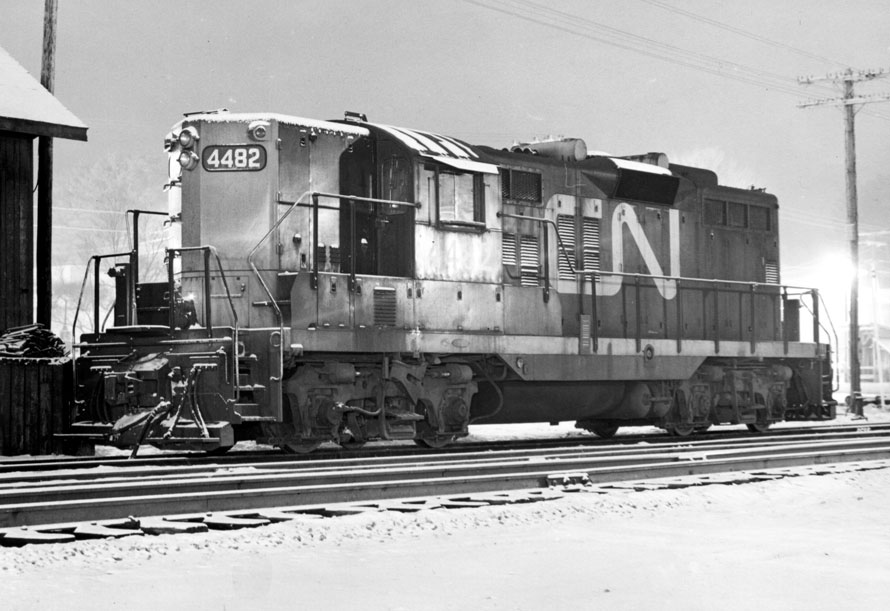
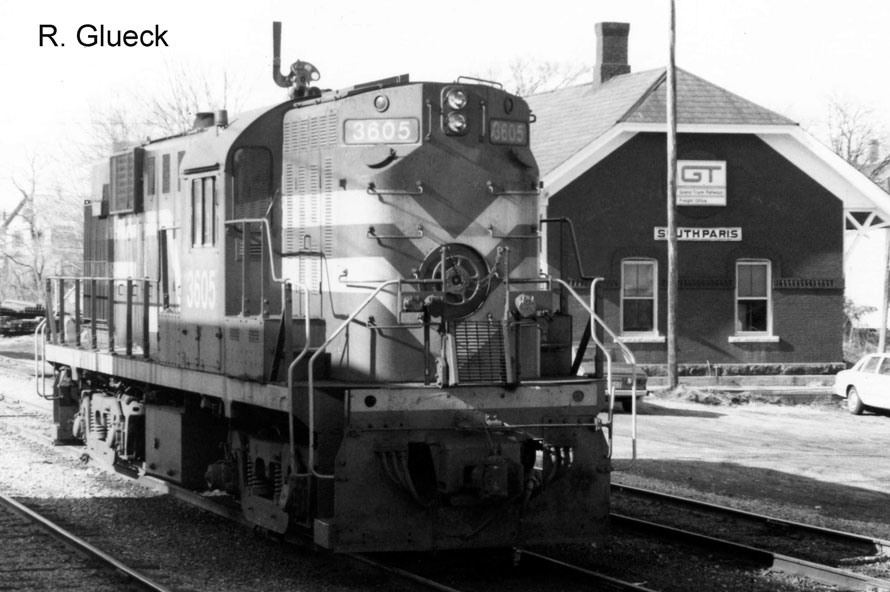
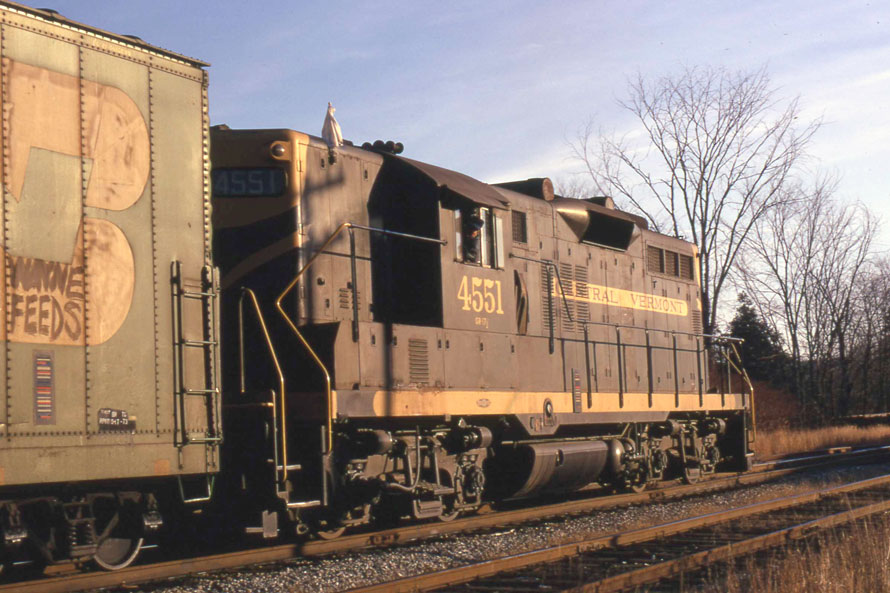
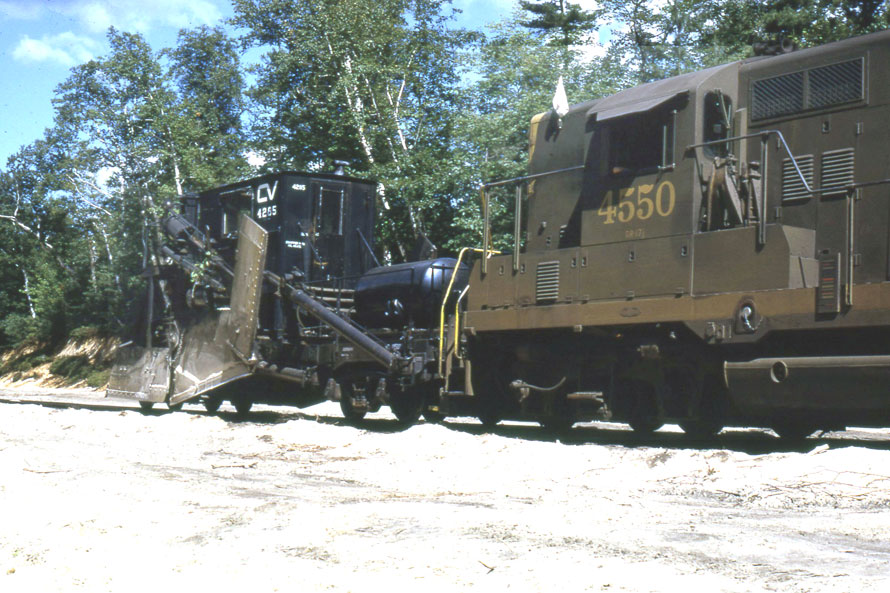
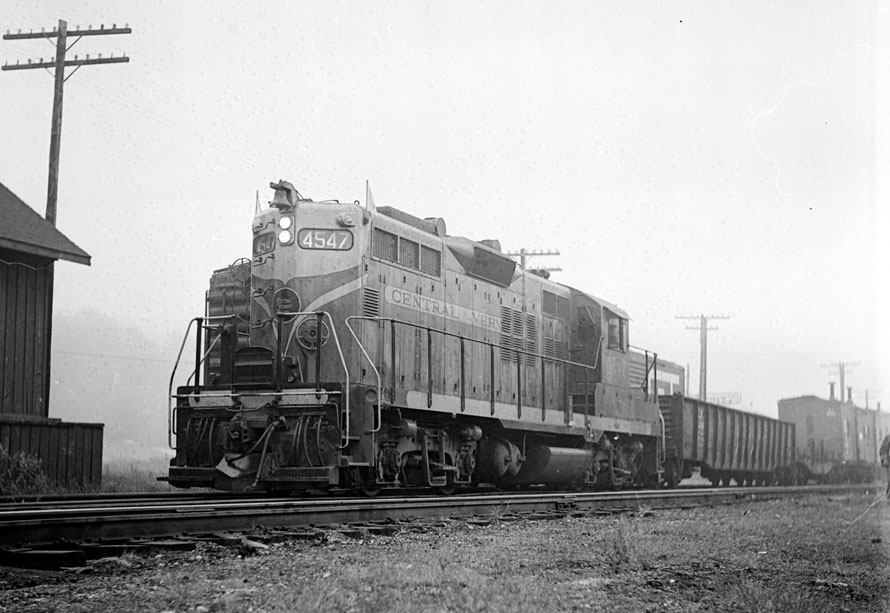
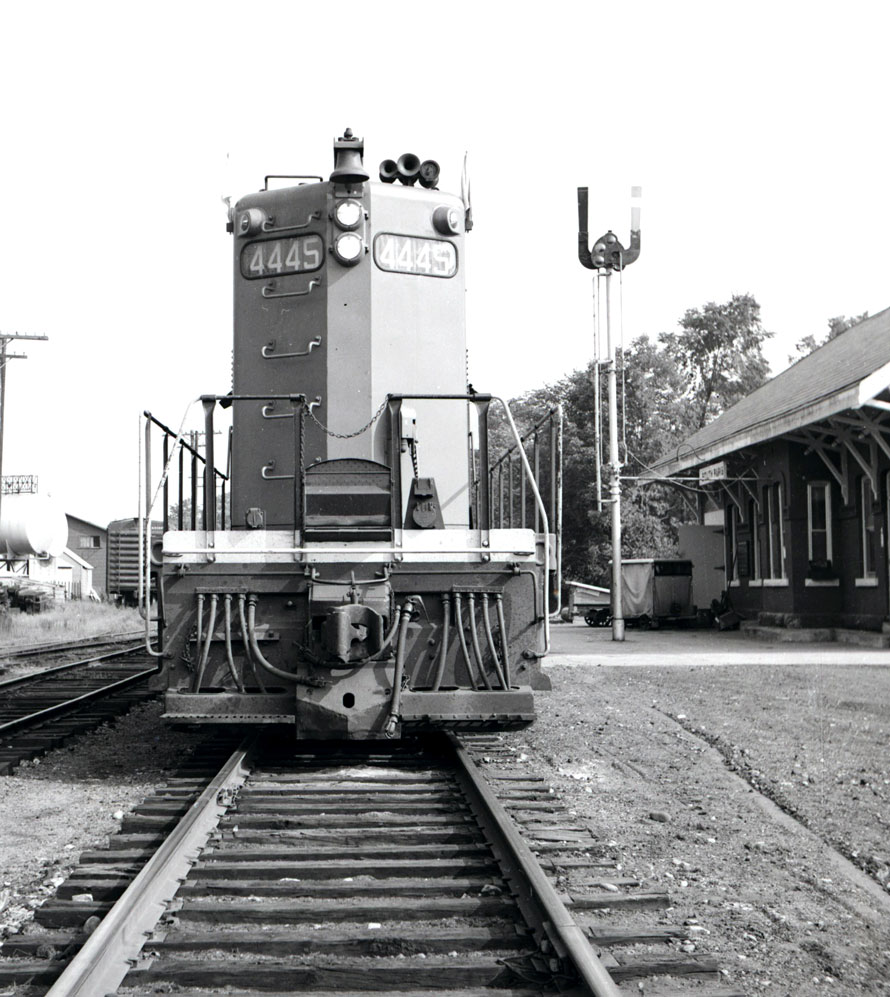
It’s interesting to review the old pictures fifty years later, some of which I’ve included here. I was fortunate to share railroading with good friends while wooden boxcars still roamed, brakemen carried kerosene lanterns, and the block was controlled with a manual semaphore.
On those August evenings, a boy could still go for a swim or wet a hook after spending the day in railroad heaven.
Richard Glueck – Photographs and text Copyright 2022
Beautifully written story, I was transported to South Paris. Your B&W work elevates everyday railroading and captures your appreciation for these men. Thank you.
Your comments are most kind. I was very practiced with the Yashica A, and developed everything myself. It was tremendously rewarding to shot the images and come home with so much treasure.
Great pictures! Would love to see any pictures you might have of the Grand Trunk’s weekly, summer only passenger train from Montreal to Portland, which operated during the first two summers (1966-1967). And of the Long Island Rail Road during the 1960s/early 1970s, since I grew up in Queens a short distance from its Penn Station to Jamaica line.
I arrived a few months after passenger service ended, so that’s a dry well for me. The service was active and drew riders from what I understand. Today it’s the St. Lawrence and Atlantic, and everything from this era has been sold off. The Portland G.T. station was a victim of urban renewal, but what a crown jewel in Maine architecture. Many of my LIRR shots appear on Steve Lynch’s LIRR Board. I took hundreds upon hundreds between 1965 and 1973. We were all ALCO by then.
WONDERFUL story and photos. I loved railroading up to the mid-late 70s. Things have changed so much in railroading. Richard hit it, perfectly in his essay and photos….GP-9s eve a wooden caboose.. This essay and photos made me long for the days of true railroading….days before computers, big diesels, stacks, auto racks. mergers etc. Thanks so much!! WONDERFUL!!
What a great article and pictures! Growing up in Fairfield in the late 60’s through the mid 80’s, it brought me back to fond memories of the MCRR yard and it’s various lines in the area.
Beautiful story and pictures. You might be interested to know that the South Paris station still stands, along with the train order signal captured in your photos. The station has been restored as an ice cream shop, but the station signs still remain, and in some ways look even better than they did in the 1970’s.
Wonderful essay, wonderful photos. Many thanks for sharing your rich Maine experiences.
To tell the truth, your story is so inspirational and impressive that you can’t remain indifferent to it. I absolutely agree with you that railroad photography is as much “art” as it is documentation of a moment in time because it has an absolutely unique atmosphere and concept. I fell in love with all these photos because they convey the atmosphere of the nineties and awaken the most warm feelings in you. I really like looking at such memorable photos because they mentally transfer to the period which was so valuable for us. I can say that all these railroads are so different and each of them stands out with its special distinctive characteristics. They have changed so much over time. Of course, it is so sad that you found out that Blanche and John died because it is always painful to realize such things and it reminds us how fleeting time is. The impact of lost time is always great and it is really often so sad that we can’t turn back time, but it is so cool that the memory of invaluable moments will forever remain in our hearts.
Beautifully said. Your story embodies everything wonderful about days past. Days when RR men would teach you their art and craft if they realized you were truly interest. Days like yours at the B&O station in Madeira, Ohio …
Richard, at the Grand Trunk South Paris Station you posted a picture which you said was one of the only “inside the cab” shots you ever took featuring engineer Alex. Do you know Alex‘s last name? Was wondering if it was my uncle. My grandfather, and my father Theodore Boutin also worked for the Canadian National Grand Trunk railroad. My dad worked out of the Portland station, but would work in Montreal too.
Richard, at the Grand Trunk South Paris station you posted a picture which you said was one of the only “inside the cab” shots you ever took featuring engineer Alex. Do you know Alex’s last name? Was wondering if it was my uncle. My grandfather and my father Theodore Boutin also worked for the Canadian National Grand Trunk railroad. My dad worked out of the Portland station, but also worked in Montreal too.
Wonderful story. The friendliness of railroaders toward us kids back then is sorely missed these days. If it wasn’t for them, I doubt that I would have taken it up as a profession. Thanks for taking all those great photos, too.